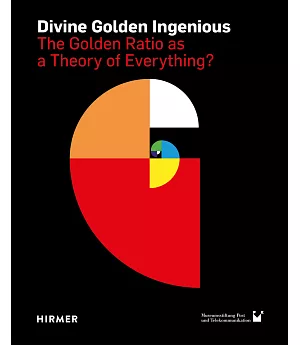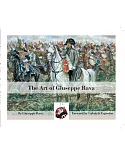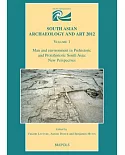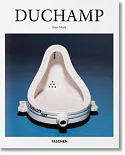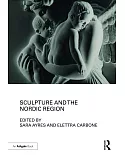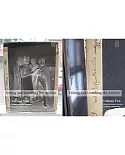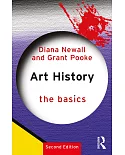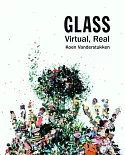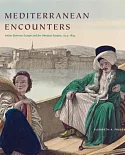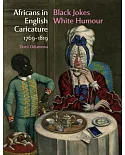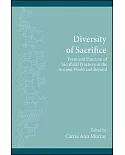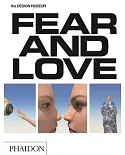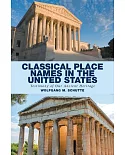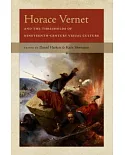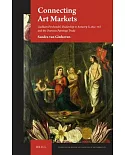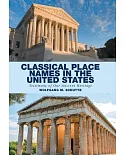What do the shells of nautilus snails, pineapple, Marilyn Monroe’s face, and an Aston Martin all have in common? Is it the same mystic, divine formula that lies behind everything that is
beautiful? For centuries this formula, often referred to as the golden mean, has been a subject of endless fascination. The ratio of proportion that formulates the golden mean can be found in
nature, artistic design processes, and in how we perceive our surroundings. But how much of this universal formula is true, and how much of it is myth?
Here with the answer is Divine Golden Ingenious, a collection of essays from contributors in many fields—architecture, mathematics, science, art, and design—who explore the history and
applications of the golden mean. The search for the mean dates back to Euclid in the third century BC, but it was only in the nineteenth century that it reached fame as a universal constant
of beauty. From this point onwards the “golden section” was described in flora and fauna, established as the foundation for the Fibonacci number, and was optimized by Le Corbusier in
architecture.
Sorting the fact from the faction, the essays gathered here analyze the golden mean with regard to function and relevance while exploring its use in current examples from art and design.
Together, they reveal the extent to which this art-historical phenomenon plays a role in the organization and presentation of the world around us.

